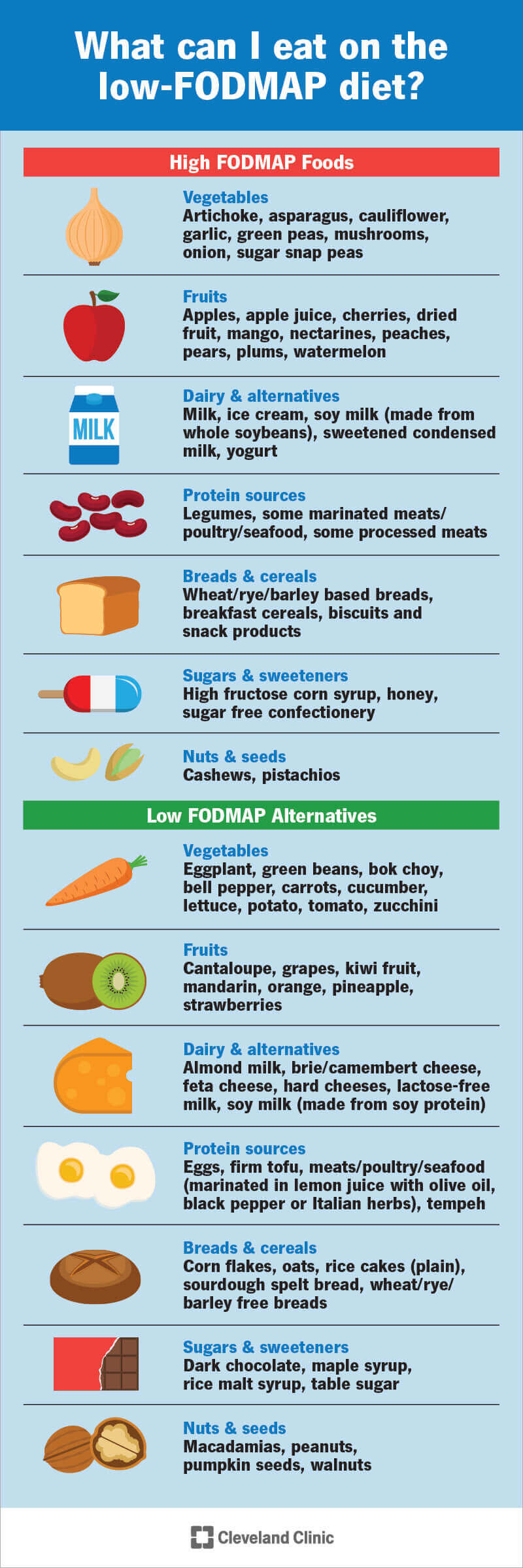You may have heard of the FODMAP diet from a friend or on the internet.
When people say “FODMAP diet,” they usually mean a diet low in FODMAP — certain sugars that may cause intestinal distress.
This diet is designed to help people with irritable bowel syndrome (IBS) and/or small intestinal bacterial overgrowth (SIBO) figure out which foods are problematic and which foods reduce symptoms.
“The low FODMAP diet is a temporary eating plan that’s very restrictive.”
—Hazel Galon Veloso, M.D.
“The low FODMAP diet is a temporary eating plan that’s very restrictive,” says Johns Hopkins gastroenterologist Hazel Galon Veloso, M.D. “It’s always good to talk to your doctor before starting a new diet, but especially with the low FODMAP diet since it eliminates so many foods — it’s not a diet anyone should follow for long. It’s a short discovery process to determine what foods are troublesome for you.”
What is FODMAP?
FODMAP stands for fermentable oligosaccharides, disaccharides, monosaccharides and polyols, which are short-chain carbohydrates (sugars) that the small intestine absorbs poorly.
Some people experience digestive distress after eating them. Symptoms include …
Keep reading on Johns Hopkins Medicine

Image: Cleveland Clinic

